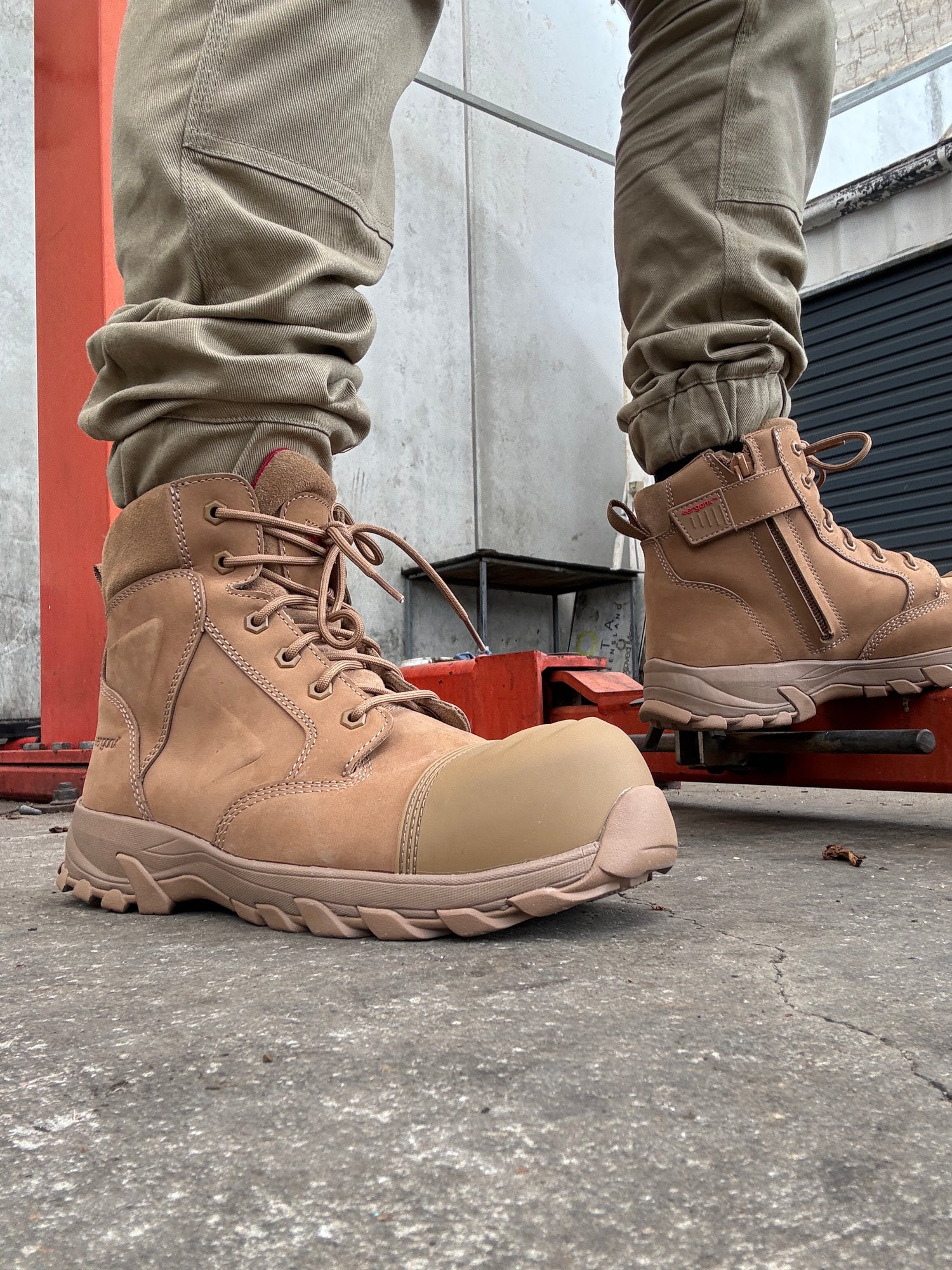Best Socks for Diabetes
HOME / FOOTWEAR/ SOCKS FOR DIABETES
Why do diabetics need socks?
Diabetes is a condition in which an individual’s blood sugar level rises and falls outside of normal limits. When a person’s blood sugar level gets too high, their small vessels and nerves can become damaged through a process termed diabetic neuropathy. This can lead to numbness, weakness, and even pain in the legs, feet, and hands.
Due to damaged nerves, people with diabetes often have a reduced ability to feel pain in their extremities. This means that when they hurt themselves, they may not notice the injury until later on, making way for infections to develop. In severe cases where traditional methods can no longer treat an infection, diabetics may have to undergo amputation to remove the affected part of the body.

Socks specifically designed for diabetics protect the feet and reduce the risk of injuries. They are often designed with extra cushioning, minimal seams, and a non-constricting material that moves well with the foot’s motion. Not everyone with diabetes requires specially-designed socks, but they can help promote circulation, reduce swelling, and provide some much-needed comfort.
Are diabetic socks the same as compression socks?
Compression socks are not the same as diabetic socks in that they are designed for different purposes. While diabetic socks are designed to enhance circulation to the feet, compression stockings are employed to constrict the feet, so that blood flow returns more easily to the heart. If you are unsure as to whether you have a pair of compression or diabetic socks, consult with a healthcare provider, such as a podiatrist.
What should I look for in diabetic socks?
Diabetic socks have numerous features aimed at addressing foot issues associated with diabetes, some of which include the following:
1) A seamless design
Diabetic socks are designed without any seams along the toes to reduce friction, irritation, and the chance of developing blisters.
2) Extra padding along the sole
Added padding along the bottom of the foot and around the toes and heel increases comfort and protects sensitive areas. These areas are more susceptible to injury.
3) Flexible cuffs
The cuffs of diabetic socks (the part that wraps around your ankles and calves) should be non-elastic and comfortable. They should not be placing pressure on your ankles or calves as this can impair circulation. At the end of the day, if you find your diabetic socks leave marks on your legs due to compression, they are too tight.
4) Antimicrobial material
Antimicrobial materials help prevent the growth of microorganisms, such as bacteria and fungi. These materials can be copper- or silver-infused and have been shown to be effective at lowering the risk of developing conditions like athlete’s foot. Antimicrobial materials can also offer protection from unwelcome foot odors.

Have some more questions?
Comment below with any questions regarding diabetic socks or general foot health!


